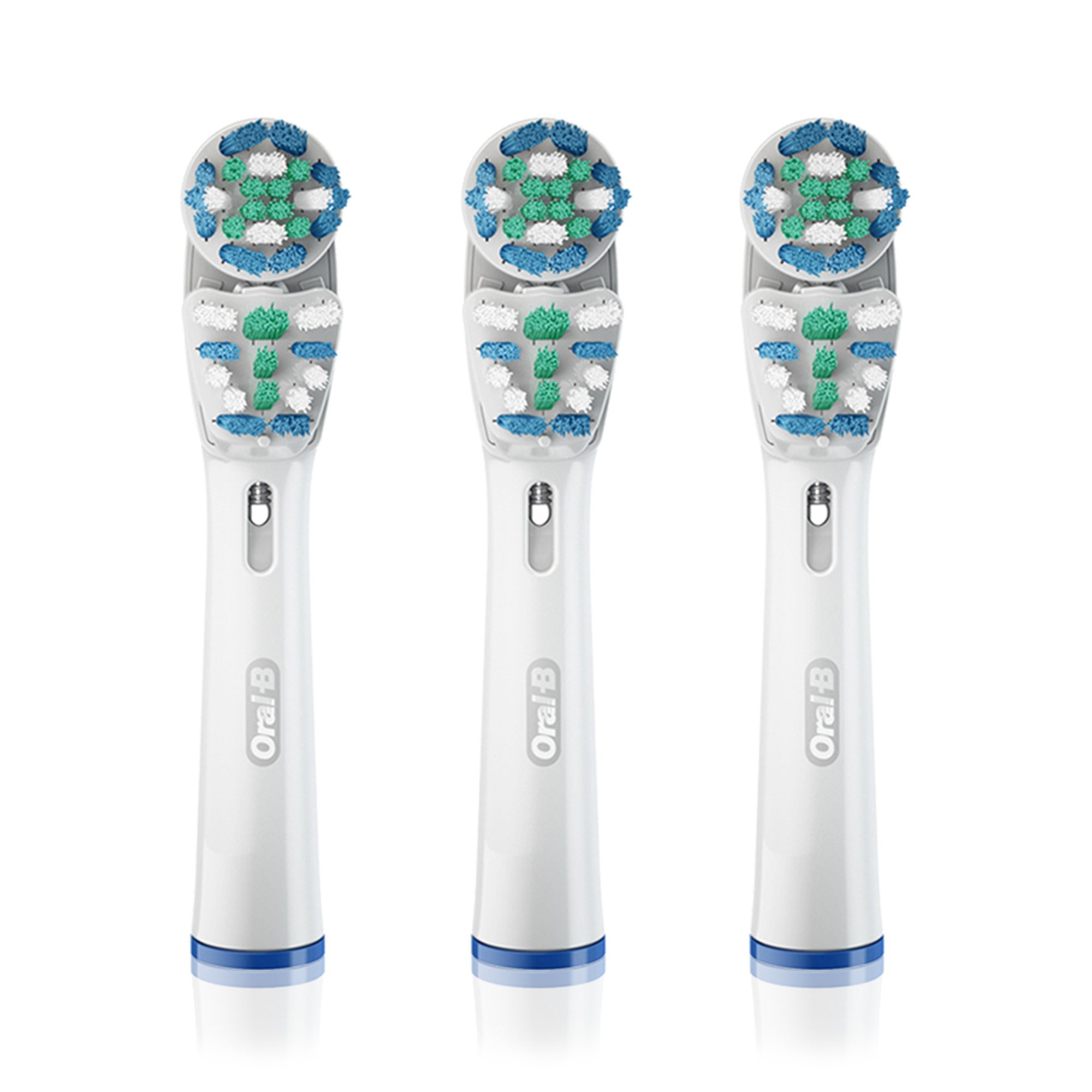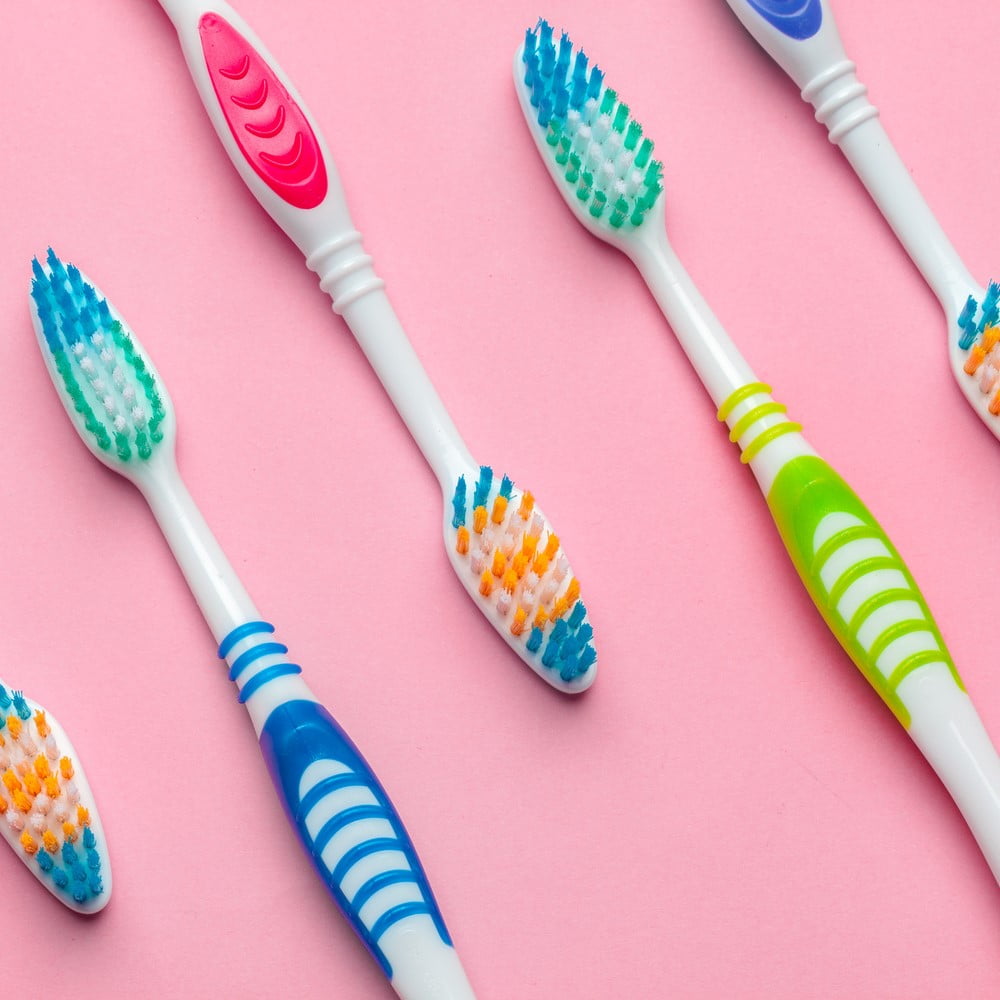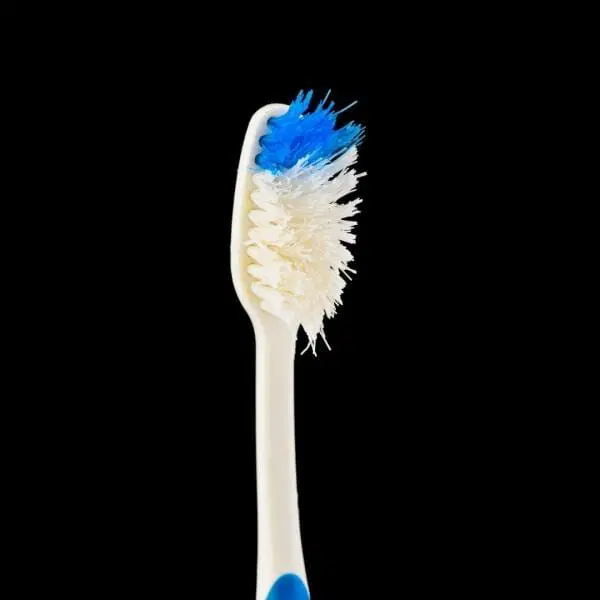Why Toothbrush Replacement is Necessary
Replacing your toothbrush regularly is essential for maintaining oral health. A new toothbrush can remove more plaque and food particles from your teeth. This helps prevent cavities and gum disease. Over time, toothbrush bristles become frayed and lose their effectiveness. Bacteria also start to build up on an old toothbrush which can lead to health issues.

An old toothbrush can affect how well you clean your teeth. Worn bristles cannot reach small spaces between teeth or along the gum line. This reduces the brush’s ability to keep your mouth clean. Brushing with a toothbrush past its prime could also harm your gums. It could be too harsh if the bristles become hard or if you brush too hard with a worn toothbrush.
Moreover, after an illness, it’s important to change your toothbrush to avoid re-infection. The same applies if you accidentally share your toothbrush. Bacteria and viruses can stay on the bristles, making it easy to get sick again or pass germs. For these reasons, dentists recommend replacing your toothbrush every 3 to 4 months. If you use an electric toothbrush, swap out the head at the same recommended interval.
Remember, a timely toothbrush replacement supports a strong oral care routine. It keeps your mouth fresh and contributes greatly to your overall health.
Optimal Frequency for Changing Manual Toothbrushes
Knowing when to replace your manual toothbrush is crucial for your oral health. Experts agree that the best practice is to switch to a new toothbrush every three to four months. Consistent use over this period can lead to frayed bristles and diminished effectiveness. Especially consider a change if you brush aggressively, as this wears out bristles quicker. Remember, a fresh toothbrush means a more effective clean.
If you brush more than twice a day, or if you apply heavy pressure, assess your toothbrush more often. Bristles that seem splayed or matted are a clear sign that it’s time for a new brush. Also, if you have recently recovered from an illness, it’s wise to start fresh to prevent the risk of reinfection.
Children’s toothbrushes may need to be replaced more frequently. Their vigorous brushing style can quickly distort bristles and reduce cleaning effectiveness. Plus, chewed handles and brush heads are common with kids, so keep an eye out for these signs of wear.
In conclusion, for a standard manual toothbrush user, aim for a replacement every 90 to 120 days. However, monitor usage and wear, and adjust accordingly. A new toothbrush not only protects your dental health but also supports overall wellness.
When to Replace an Electric Toothbrush Head
You should replace your electric toothbrush head every 12 weeks. Look for signs of bristle wear and tear. If bristles look frayed or splayed, it’s time for a new head. Signs like these mean your toothbrush loses cleaning power. Changing the head helps keep your oral hygiene top-notch.
For those who brush vigorously or more often, you may need to change it sooner. After being ill, swap out the toothbrush head to prevent re-infection. Children might also need a fresh brush head earlier if they chew on it or bend the bristles.
Electric toothbrush heads can fray quicker than manual ones. They work hard by rotating or vibrating. This intense action can make bristles wear down faster. Watch out for these changes, as they signal it’s replacement time.
Keep in mind, a fresh electric toothbrush head is vital for dental health. It helps prevent gum disease and tooth decay. So, set a reminder to check your brush head regularly. This way, you won’t forget to replace it when needed.
In short, change your electric toothbrush head around every three months. Do it sooner if you see clear wear or after illness. A regular change keeps your teeth cleaning effective. It also stops harmful bacteria from building up.
Signs of Toothbrush Wear and Tear
It’s vital to recognize the signs that your toothbrush is no longer performing optimally. Here are common indicators that it’s time to get a new toothbrush or toothbrush head:
- Splayed Bristles: If the bristles are no longer standing straight and have spread out, they won’t clean as effectively.
- Frayed Edges: With use, bristles can fray, reducing their ability to scrape off plaque and tartar.
- Discoloration: Look out for any bristle discoloration, which could be a sign of mold or bacteria.
- Bristles Feel Too Soft: Overused bristles lose their firmness. If they feel overly soft, they’re due for a change.
- Debris Build-up: Any visible buildup of toothpaste, food particles, or other debris is a clear signal.
Notice these issues? Don’t wait. Change your toothbrush head immediately to maintain good oral health.
 The Impact of Worn Toothbrushes on Dental Health
The Impact of Worn Toothbrushes on Dental Health
Using a worn toothbrush has a direct effect on your dental health. Bristles that have lost their stiffness cannot clean teeth well. This results in more plaque and food particles staying on your teeth. More plaque leads to a higher risk of tooth decay and gum disease.
Frayed bristles also struggle to reach into tight spots between teeth. This means your toothbrush can’t remove debris effectively from these areas. These are the spots where cavities often start to form.
Another concern with worn toothbrushes is bacteria build-up. Old brushes can harbor harmful bacteria. When you brush, these can transfer to your mouth and gums. This increases the chance of infections and bad breath.
Studies show toothbrushes become less effective after about 3 months of use. They lose their ability to fight off plaque which can cause gum disease and tooth decay. Using a frayed toothbrush can also be tough on your gums. It may cause irritation or even damage, leading to other oral health problems.
For these reasons, it’s crucial to replace your toothbrush or electric toothbrush head regularly. A fresh brush ensures a clean, healthy mouth. It’s one of the simplest steps you can take for better dental health.
Remember, effective brushing doesn’t solely depend on technique. The condition of your toothbrush plays a major role as well. So, keep an eye on those bristles, and change your toothbrush head as needed.
Tips for Maintaining Toothbrush Hygiene
Maintaining proper toothbrush hygiene is critical for your dental health. Here are key tips to ensure your toothbrush stays clean and effective:
- Rinse Thoroughly: After each use, rinse your toothbrush with water. Remove all toothpaste and debris.
- Store Upright: Place your toothbrush upright in a holder. This allows it to air-dry properly.
- Avoid Containers: Do not keep your toothbrush in a closed container. A moist environment breeds bacteria.
- Keep Separate: If storing multiple toothbrushes, avoid contact between their heads.
- Hot Water Rinse: Occasionally, rinse the toothbrush with hot water. This can help remove germs.
- Don’t Share: Never share your toothbrush. Sharing can spread bacteria and lead to oral health issues.
- Regular Replacement: Stick to changing your toothbrush every three to four months. Replace sooner if bristles are worn.
- Post-Illness Change: After being sick, replace your toothbrush to avoid re-infection.
- Child Supervision: Supervise children when they brush. They often chew on bristles and handles.
By following these simple steps, you keep your toothbrush in top shape. This helps protect your mouth from bacteria that can cause cavities and gum disease. Always keep an eye on the state of your toothbrush and practice good hygiene habits to maintain oral health.
Reasons Beyond Wear to Change Your Toothbrush
Apart from wear, there are other reasons to change your toothbrush. After being sick, it’s best to start fresh to prevent germs from spreading. This helps stop re-infection. If you mix up your toothbrush with someone else’s, it’s safer to switch to a new one. Each person’s mouth has different bacteria. Kids’ toothbrushes often need replacing sooner. Heavy chewing and biting can damage bristles and handles. This makes the toothbrush less effective.
By swapping your toothbrush at the right time, you keep your mouth clean and healthy. A new toothbrush can better remove plaque and prevent oral diseases. To avoid risks, remember to replace your toothbrush after illness or if it’s used wrongly. Keep your family’s dental hygiene strong. Set reminders for regular toothbrush replacement. Stay vigilant for any non-wear reasons to ensure the best oral care.
 Choosing the Right Replacement Toothbrush or Head
Choosing the Right Replacement Toothbrush or Head
When it’s time to replace your toothbrush or toothbrush head, choosing the right one is key. Look for toothbrushes with soft bristles to protect your gums and enamel. Soft bristles bend easier, reaching areas that hard bristles can miss. For manual toothbrushes, choose one with a comfortable grip. Make sure it allows you precise control over brush strokes.
For electric toothbrush heads, compatibility with your model is a must. Choose heads specifically designed for your device. This ensures proper fit and function. Some top brands offer various head types. These target specific dental concerns like plaque control or gum care.
Children’s toothbrushes should have smaller heads. This helps kids reach all teeth surfaces. A fun design can motivate them to brush.
Finally, consider eco-friendly options. There are toothbrushes from sustainable materials. These help reduce plastic waste. With the right toothbrush or head, you keep your dental care on track. You also ensure the best clean with each brushing session.
